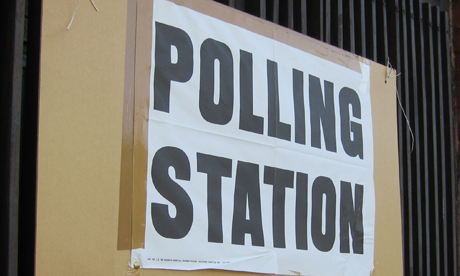General Election 2010: your Hackney candidates announced
 Nominations have closed for Hackney’s two parliamentary constituencies in advance of the General Election on Thursday 6 May.
Nominations have closed for Hackney’s two parliamentary constituencies in advance of the General Election on Thursday 6 May.
Hackney’s two constituencies are both considered safe Labour seats, and in both cases the incumbent candidates are standing for re-election: Diane Abbott in Hackney North and Stoke Newington (48.56 per cent, majority: 7,427), and Meg Hillier in Hackney South and Shoreditch (52.88 per cent, majority: 10,204).
In Hackney North and Stoke Newington, Diane Abbott is being challenged by Keith Angus (Liberal Democrat), Darren Caplan (Conservative), Maxine Hargreaves (Christian Party), Knigel Knapp (Monster Raving Loony Party), Jack Pope-de-Locksley (Magna Carta Party) and Matthew Sellwood (Green Party).
There are also three independent candidates: Suzanne Moore, Paul Shaer and Alessandra Williams. Here is the full list of Hackney North and Stoke Newington candidates.
In Hackney South and Shoreditch, challengers to Meg Hillier include Paul Davies (Communist League), Michael King (UKIP), Polly Lane (Green Party), Simon Nayyar (Conservative), Ben Rae (Liberal Party), Dave Raval (Liberal Democrat), Nusret Sen (Direct Democracy (Communist) Party), and John Williams (Christian Party).
There are also three independent candidates standing in this constituency: Denny de la Haye, Jane Tuckett and Michael Spinks. Here is the full list of Hackney South and Shoreditch candidates.
At the last general election, in 2005, the Liberal Democrats were the second-placed candidates in both constituencies. Full electoral results from the 2005 elections here.
MPs are elected by the traditional first-part-the-post (plurality) system where the candidate who receives the most votes wins the seat in question.
Turnout at the 2005 general election was 49.8 per cent in Hackney North and Stoke Newington and 49.7 per cent in Hackney South and Shoreditch.
The constituency boundaries have been changed slightly since 2005, but the alterations have been relatively minor.
